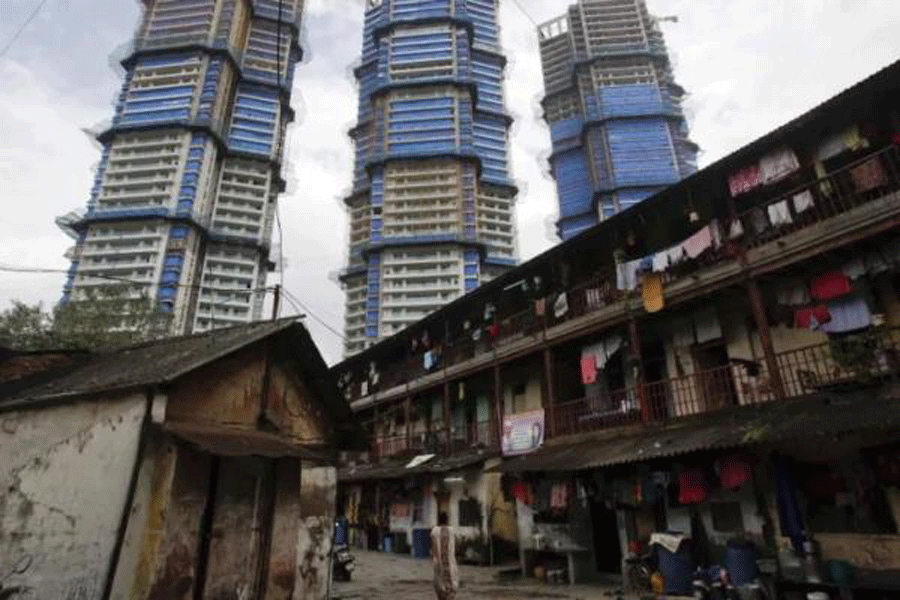Book: INDIA IS BROKEN — AND WHY IT’S HARD TO FIX: A PEOPLE BETRAYED, 1947 TO TODAY
Author: Ashoka Mody
Published by: Juggernaut
Price: ₹899
Many books have been written in recent times on India’s glorious emergence in the global arena and how the nation is poised to become a mighty global power. However, there are also many books that describe the opposite; how India’s economic and social problems have remained unsolved since Independence and how its democracy has deteriorated in form and substance. Ashoka Mody’s book isthe latest in the latter category. Mody describes the crux of development as the State-led provision of public goods like universal education, affordable healthcare, adequate physical and financial infrastructure, water, clean air, and planned urban spaces. The author claims that these have been consistently and consciously neglectedby all governments. A tiny fraction of India’s population has gained enormously. India not only lost out to China and the East Asian economies but the nation is now also losing out to Bangladesh and Vietnam in the race for economic development.
Mody’s central argument is that governments in India have been led by prime ministers who sought short-term gains for themselves and their close cronies without making serious efforts to deliver on the electoral promises made to citizens. As a consequence of this trend in governance, some old problems have actually worsened over time, and some new ones have emerged. For instance, the proportion of the population living in a precarious economic situation has swelled, unemployment and widespread underemployment in the informal sector have remained unsolved, economic inequality has risen to astonishing levels, and the state of the natural environment has deteriorated precipitously.
The metaphor, ‘broken’, in the book’s title makes sense only when something was whole to begin with. The question might arise: when exactly was India a whole nation prior to 1947? The real problem has been the inability, or the unwillingness, of the ruling powers to build a nation with shared aspirations and achievements. Similarly, ‘betrayal’ can happen only when there is trust. Otherwise, it becomes a question of incompetence, greed or sheer hubris when powerful people loot the nation. Did the people really ever trust political leaders even in the 1950s?
Mody’s description of India’s journey since Independence is complete and well-documented. However, his analysis of the root causes of the breakage or the betrayal remains incomplete. The destruction cannot have been the work of the personas of the prime ministers alone. The structure of power and its complex dynamics need to be understood too.
For instance, Mody’s reading of the Nehruvian era is rather harsh. Jawaharlal Nehru has been described as a confused socialist whose idealism was not tempered by grass-roots realism. Nehru, it is claimed, was also friendly to big business and neglected the generic problems of agriculture, which provided income and employment to the overwhelming majority of Indians. It was as if Nehru wanted India to become like the Western economies as quickly as possible without contextualising his policies within India’s ground realities.
Nehruvian politics and economics had a long legacy. By the 1970s, gathering discontent and economic failures of the State led to a restlessness that forced Indira Gandhi to become politically defensive. With the decline in the popularity of the Congress, Indira Gandhi faced a noisy polity with which she did not have the patience to engage. Hence, she looked to centralise power to the extent of stifling opposition, dissent, democratic processes and debates. The Emergency greatly strained the structure of democracy in the country. Hindutva as a form of religious nationalism had always simmered in the background of mainstream political discourse in India. Rajiv Gandhi allowed it to enter the mainstream. The two and a half decades of economic liberalisation ushered in by Manmohan Singh saw different political formations enjoy power in New Delhi — the Congress, the third front, and the Bharatiya Janata Party. But none really opposed neoliberal policies. Narendra Modi’s arrival at the nation’s capital ushered in a gospel for a New India. Strangely, it is all about an imagined past, even though it actually helps consolidate the privileges of the rich and the powerful.
The cracks in the economy and in society that had developed over the previous decades have now magnified into major fractures. Corruption is now part of the nation’s DNA. Unemployment and uncertain living at the edge of poverty have become pervasive. The environment decays beyond repair. Dissent is not tolerated and the press has been forced into subservience. Data on India’s economy and society can no longer be trusted. Mody’s dystopian picture of India will make the reader despair and feel frustrated. Although sparse in terms of analysis, this is an important book for the non-specialist citizen, easy to read and rich in terms of facts and events.

